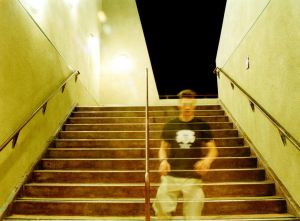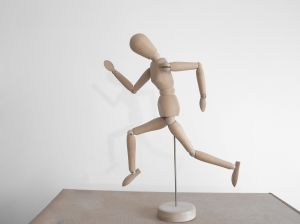By: Fred Johpin
Parkour was created in France by a man named David Belle at the turn of the century and derives from a fusion of free running, gymnastics, and body art. It did not take long for parkour to make itself known all throughout the world in urban landscapes, and with bold, artistic movements it’s not surprising why it has garnered immense popularity.
If you’ve lived in the city long enough, then parkour probably isn’t that new of a phenomenon. Perhaps the name, but not the action. Relatively young people running as fast and efficiently as possible through the city, jumping and climbing and sprinting from building to building, concrete to concrete, all for the sake of pushing their body to the limit. Done right, parkour looks amazing, reawakening the human spirit to our body’s potential. Done wrong, and someone could easily end up injured, at best.
It’s like the graffiti of ballet, combining the liminality of space with the precision of dance, using the city as a playground to create one of the most original pieces of art that will go down in history books as the defining feature and addition this generation has given to the production of art. That and graffiti. If you don’t like it I guess you could go jump off a building, but then again you’d only be practicing parkour. But what does it offer and how did it come about?
 It offers a means of expression for those with a physically trained and apt body that doesn’t mind a few fractures, bruises, and broken bones once and awhile. But it’s an entirely different animal from extreme sports, like skateboarding, rollerblading, etc. It emphasizes the human body as a tool to maneuver through a city without any sort of wheeled supplement, and thus becomes a rejection of material possession as a means of fulfillment since parkour can only be practiced through the individual. And while shoes would be a big help, the individual must rely entirely on what was given to them when they were born in order to play.
It offers a means of expression for those with a physically trained and apt body that doesn’t mind a few fractures, bruises, and broken bones once and awhile. But it’s an entirely different animal from extreme sports, like skateboarding, rollerblading, etc. It emphasizes the human body as a tool to maneuver through a city without any sort of wheeled supplement, and thus becomes a rejection of material possession as a means of fulfillment since parkour can only be practiced through the individual. And while shoes would be a big help, the individual must rely entirely on what was given to them when they were born in order to play.
So come, run, and jump through what your city has to offer! Parkour’s philosophy expounds upon human nature’s need to adapt to its living condition, and then manipulate it for artistic means. Its core values rely on transformation, both metaphorically and literally. What was once a handicap ramp now becomes a launching point onto a railing, up a wall, and through a third floor window of a building. It takes the banality of urban architecture and creates an ephemeral work of art.
The Philosophy of Parkour,


